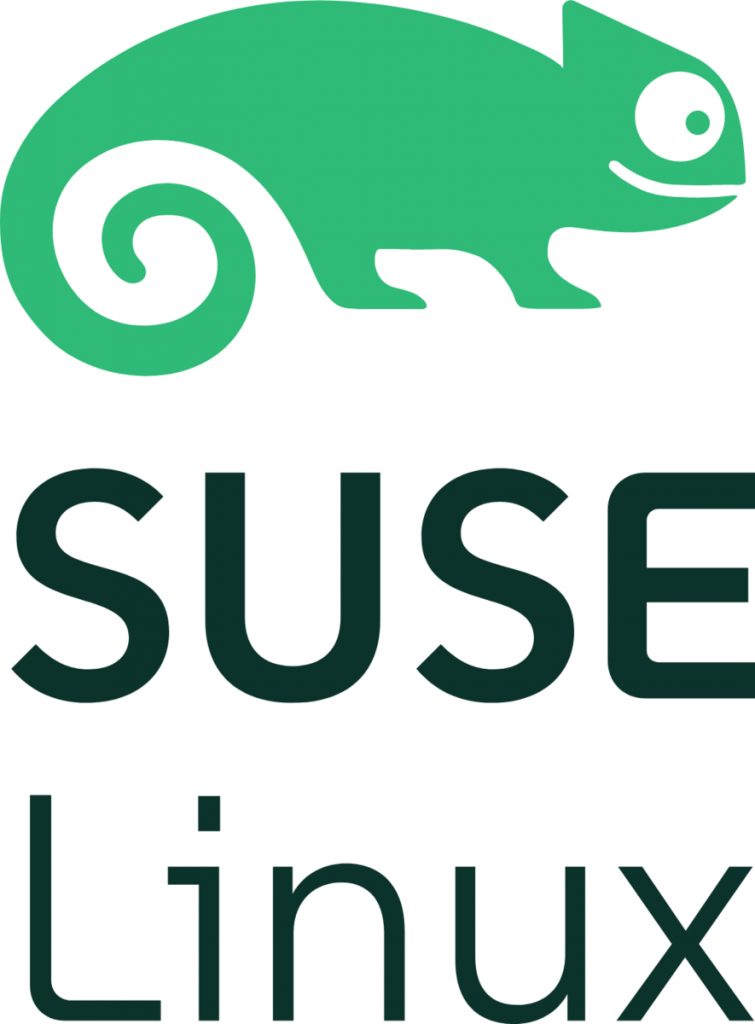Future of Containerized, IoT & Edge Linux
SUSE is thrilled to announce the availability of SUSE Linux Micro 6.1, the next iteration of SUSE Linux Micro, bringing new capabilities for IoT, edge, and containerized deployments. Designed as a lightweight, ultra-reliable Linux host, SUSE Linux Micro 6.1 enhances security, compliance, and flexibility to meet the demands of modern enterprise and DevOps environments.
Who Should Use SUSE Linux Micro 6.1?
SUSE Linux Micro 6.1 is an ideal OS for software vendors, integrators, and DevOps teams looking to build robust applications, host containerized environments, or deploy customized appliances. Its lightweight, immutable design makes it equally valuable for enterprise users in industries like healthcare, telecommunications, manufacturing, and more, where reliability and performance are essential.
Why Choose SUSE Linux Micro 6.1?
SUSE Linux Micro 6.1 builds on the streamlined, ultra-reliable platform of SUSE Linux Micro 6.0 with new features that make a significant impact on IoT and edge deployments. This makes it the perfect OS host for teams looking to deploy their own applications or build specialized appliances. As a secure, immutable OS, it provides a solid foundation for mission-critical systems requiring reliable performance, minimal maintenance, and airtight security. Its versatility makes SUSE Linux Micro 6.1 a powerful choice for diverse environments, enabling resilient container and virtual hosts across cloud, edge, and on-premises deployments.
With out-of-the-box compliance features and expanded architecture support, SUSE Linux Micro 6.1 is ready to support enterprise needs across aerospace, automotive, defense, healthcare, telecom, and more.
Key Highlights
- Optimize Memory with Enhanced IoT Support: With RAM compression via ZRAM, SUSE Linux Micro 6.1 enables IoT and edge devices to efficiently manage limited resources. This feature ensures that resource-constrained devices, such as remote monitoring systems in manufacturing or logistics tracking sensors, can handle bigger workloads without sacrificing performance.
- Boost Uptime with Always-Ready-to-Service Capabilities: SUSE Linux Micro 6.1’s soft-reboot support minimizes downtime by allowing faster restarts without full hardware resets. This is invaluable for systems managed remotely where uptime is critical, such as patient monitoring devices in healthcare or remote sensing equipment in agriculture. Additionally, this feature improves boot times, including when a rollback is needed, making it a truly “always-ready-to-service” OS that can reduce the likelihood of significant outages and costly recovery times.
- Meet Compliance Standards Out-of-the-Box: Designed to meet stringent compliance standards, SUSE Linux Micro ensures that systems are secure, reliable, and ready for regulated environments.
- Deploy Anywhere and Any Way with Expanded Architecture Support: SUSE Linux Micro 6.1 offers enhanced support for diverse architectures, making it possible to deploy workloads “Anywhere and Any Way,” aligning with SUSE’s vision of ubiquity. With support for multiple architectures, from x86_64 to IBM POWER and Arm, SUSE Linux Micro adapts to customer needs across edge, cloud, and on-premises environments.
- Real-Time Kernel Support for ARM64 (AArch64): New support for the real-time kernel on ARM64 (AArch64) architectures enables low-latency performance required for mission-critical applications, especially in IoT, embedded systems, and edge deployments where precision timing is essential.
Integrated with the SUSE Ecosystem
SUSE Linux Micro 6.1 seamlessly integrates with the broader SUSE ecosystem, including SUSE Rancher for Kubernetes and container host management, SUSE Linux Enterprise Server for robust enterprise applications, and SUSE Linux Base Container Images for building and deploying containerized applications efficiently. SUSE Linux Base Container Images are also available on the SUSE Registry, providing a trusted source for optimized container images ready for deployment in secure environments. This interoperability provides organizations with a unified environment to deploy and manage containerized, virtualized, and edge applications effectively across the infrastructure stack.
Supported Architectures
To deliver flexibility across a broad range of environments, SUSE Linux Micro 6.1 supports multiple hardware architectures:
- AMD64 and Intel* 64 (x86_64)
- Arm* 64
- IBM POWER (ppc64le)
- IBM* z System or LinuxONE (s390x)
This multi-architecture support, in line with SUSE’s commitment to “Anywhere and Any Way” deployments, ensures SUSE Linux Micro 6.1 operates seamlessly across cloud, edge, and on-premises, enabling scalability across diverse hardware environments.
Streamlined Deployment with New Network Options
For faster, more efficient deployments, SUSE Linux Micro 6.1 now supports PXE-based deployments, simplifying the process of rolling out installations across multiple systems and sites, especially for distributed and branch devices. This new network deployment option makes it easier for organizations to provision and scale their infrastructure rapidly, addressing the specific needs of remote or resource-limited environments.
What’s New in SUSE Linux Micro 6.1
With the latest release, SUSE Linux Micro 6.1 enhances flexibility, improves deployment options, and boosts performance, solidifying its role as a streamlined container host for modern infrastructure needs.
- Support for IBM POWER Architecture: SUSE Linux Micro 6.1 now includes support for IBM POWER (ppc64le) architecture, expanding hardware compatibility and maximizing existing infrastructure investments.
- Enhanced Network Deployment with PXE Support: With PXE-based deployments, organizations can roll out installations across distributed devices, making SUSE Linux Micro 6.1 ideal for IoT environments where rapid provisioning is essential.
- Soft-Reboot Capability: By supporting soft-reboot, SUSE Linux Micro 6.1 enables faster restarts, simplifying snapshot activations and minimizing downtime without requiring full hardware resets.
- RAM Compression with ZRAM: Designed for IoT and edge deployments, ZRAM optimizes memory usage in resource-constrained devices, allowing them to handle higher workloads effectively.
- Support for Real-Time Kernel on ARM64 (AArch64) Architectures: SUSE Linux Micro 6.1 now includes support for the real-time kernel on ARM64 (AArch64) architectures, enabling precise, low-latency performance essential for mission-critical applications in IoT and embedded systems.
Explore the Future of Immutable Linux Today
Discover how SUSE Linux Micro 6.1 can transform your infrastructure with secure, always-ready technology built for containerized and edge deployments. Get started with SUSE Linux Micro 6.1 to experience the next generation of lightweight, reliable Linux.
(Visited 1 times, 1 visits today)
